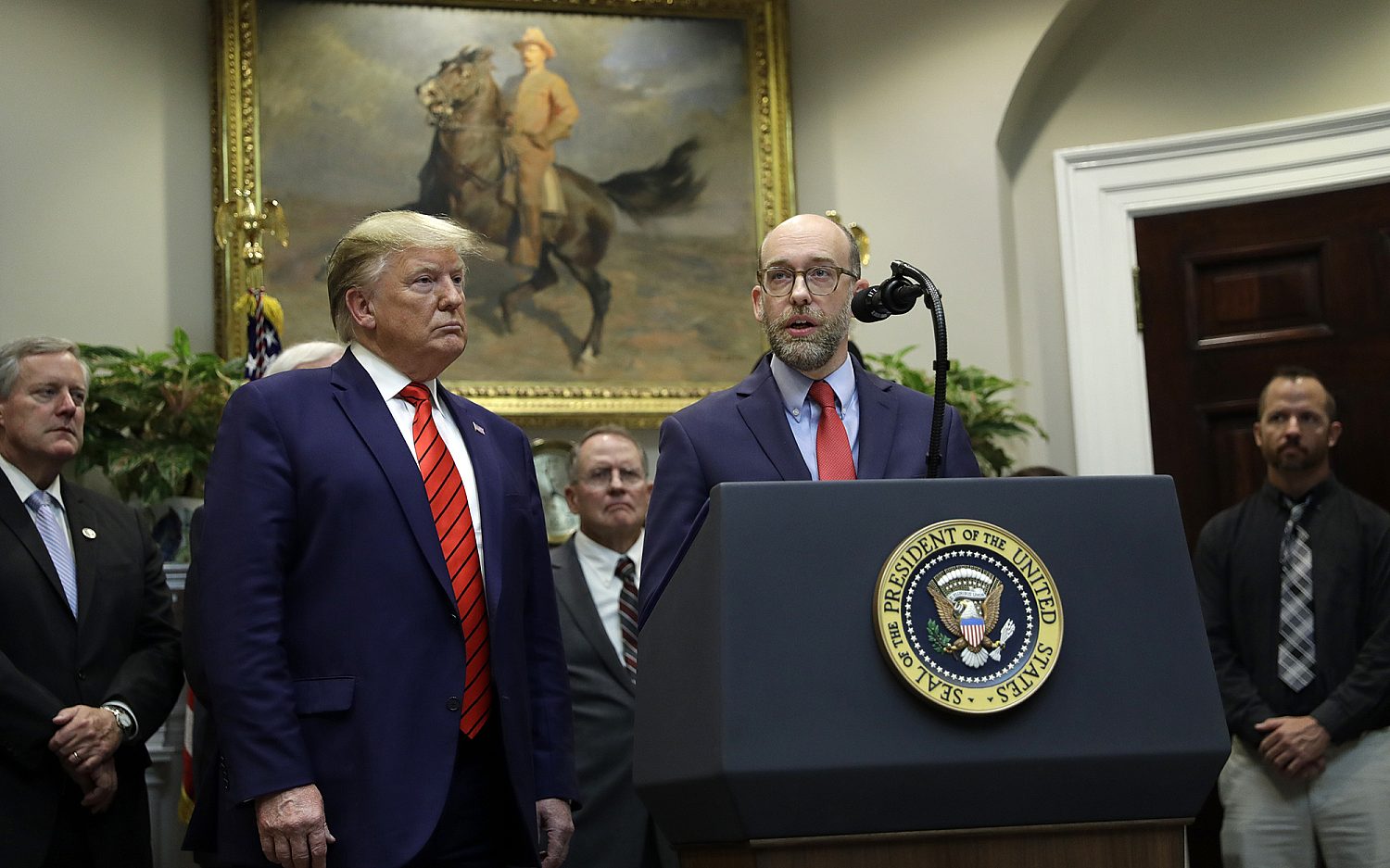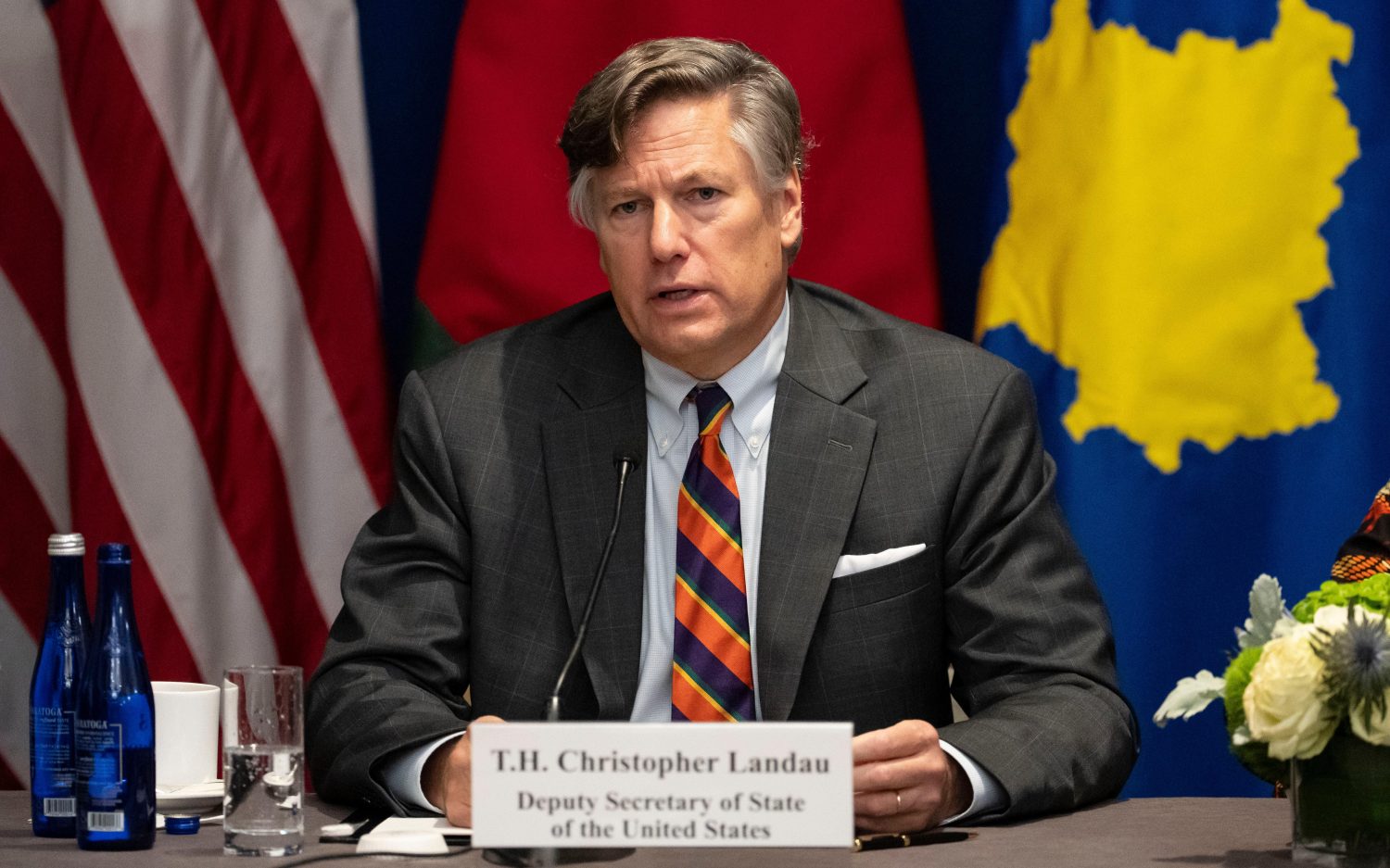Surgeons heal a paralyzed man with nose cells
Four years ago, 38 year-old Darek Fidyka was stabbed repeatedly in a brutal attack that severed his spinal chord and left him paralyzed from the chest down. Today he is walking with support, driving, and hunting with friends, thanks to a medical breakthrough in which a surgeon in Poland transplanted olfactory ensheathing cells (OECs) from his nose to his spinal cord.
Fidyka is the first human in the world to undergo the novel surgical procedure.
Geoff Raisman, a professor at University College of London’s Institute of Neurology and a member of the research team, called it an historic step in medicine.
“To me, this is more impressive than the man walking on the moon,” he told CBS News.
Unlike cells in the peripheral nervous system, damaged cells in the central nervous system do not repair themselves. OECs surround olfactory nerve fibers that conduct electrical charges from the nose to the brain, producing the sense of smell. The fibers respond to chemicals in the air with every breath, an exhausting job that wears them out within six to eight weeks. The fibers must be constantly replaced if the sense of smell is to be retained. OECs keep forming pathways for new olfactory nerve fibers, leading scientists to wonder if transplanting the OECs into the spinal cord at the point of injury would allow damaged nerve fibers in the spinal cord to restore themselves.
Fidyka’s surgeon could not harvest the necessary cells from Fidyka’s nasal passages because years of chronic allergic sinusitis had damaged the mucosa. Instead, he removed the left olfactory bulb from Fidyka’s forebrain to obtain the OECs. The cells grew in the lab for two weeks before they were transplanted to the severed area of the spinal cord along with strips of nerve cells taken from Fidyka’s ankles to serve as a bridge for cell re-growth. The nasal cells stimulated regeneration of the cells in the spinal cord, allowing some brain signals to reach the lower portions of Fidyka’s body. But it was a slow start.
Despite five hours of exercise, five times a week, Fidyka showed no response for the first three months. Then he noticed muscle development in his left thigh. Six months after the surgery, he took a few wavering steps with the use of parallel bars. Now, a year and a half later, Fidyka has partial movement in his lower limbs, can feel sensations in his legs and has recovered some bladder and sexual function. Much to the researcher’s surprise, Fidyka did not suffer any loss of smell.
Until now, the hope of tissue repair and nerve regeneration has primarily focused on stem cells, often cells harvested from early embryos, because they are the most versatile. If OEC transplants prove successful, they may offer an alternative.
“This operation has simply transplanted the repair capacity from one bit of the body to another,” Kevin Shakesheff, professor of tissue engineering at Nottingham University, told The Telegraph.
As encouraging as the outcome of this procedure is for Fidyka, the medical team cautions the results need to be confirmed in a larger group of patients with similar injuries. The researchers hope the method may one day also be used to reverse deterioration and cell death in conditions such as heart disease, cancer, and Parkinson’s.
An actual newsletter worth subscribing to instead of just a collection of links. —Adam
Sign up to receive The Sift email newsletter each weekday morning for the latest headlines from WORLD’s breaking news team.





Please wait while we load the latest comments...
Comments
Please register, subscribe, or log in to comment on this article.